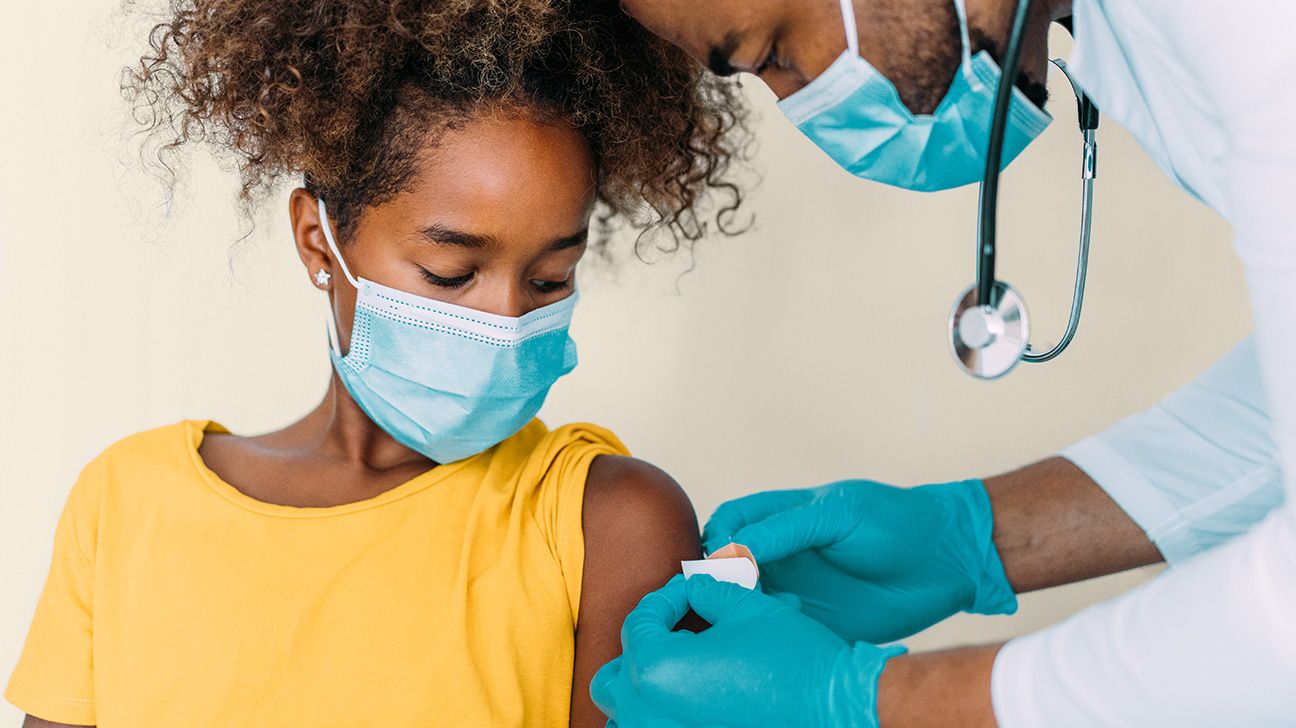Healthline News RSS Feed – Read More

- A CDC advisory panel voted 5–1 to recommend only flu vaccines without the preservative thimerosal.
- Thimerosal is a mercury-containing compound used as a preservative in vaccines and other drugs.
- Doctors and physician advocacy groups warn that the decision could lead to more confusion and vaccine hesitancy.
A CDC advisory committee voted 5-1 on Thursday to recommend only single-dose formulations of flu shots that do not contain the preservative thimerosal.
The vote follows a shakeup of the Advisory Committee on Immunization Practices (ACIP), in which Health Secretary Robert F. Kennedy Jr. dismissed all 17 members of the panel and hand-picked their replacements.
The ouster and subsequent ACIP vote have caused alarm among doctors and physician advocacy organizations—including the American Medical Association (AMA) and the American Academy of Pediatrics (AAP) — who claim the committee is stoking confusion and distrust in vaccines.
“It further undermines vaccine confidence. And they’re doing this despite a massive amount of data that confirms that thimerosal is a safe and effective preservative,” said Jake Scott, MD, clinical associate professor of infectious diseases at Stanford Medicine.
Thimerosal, a mercury-containing preservative, has been used since the 1930s in vaccines and other drugs. Since the 1990s, it has been the target of intense speculation and debate due to claims — now debunked — that linked it to autism and neurotoxicity.
ACIP’s new recommendations contradict numerous studies and decades’ worth of data showing no link between thimerosal and autism or other neurological conditions.
“This decision does not appear to be data-driven at all,” said Saahir Khan, MD, PhD, an infectious disease specialist with Keck Medicine of USC.
“This will sow a lot of distrust and probably lead to reduced vaccine uptake rates because they are sending a message that indirectly says that we don’t think vaccines with thimerosal are safe, whereas the evidence shows that they are safe,” Khan said.
What is thimerosal?
Thimerosal, which contains about 50% mercury by weight, is one of the most widely used preservatives in vaccines.
Every time a drug vial is pierced, it is susceptible to bacterial and fungal contamination. Thimerosal prevents microbial growth and contamination.
Today, the use of thimerosal-containing vaccines has declined due to the advent of single-dose vaccine formulations.
All routinely recommended vaccines for U.S. children ages 6 and younger are available in formulations without thimerosal. The vast majority of flu shots administered last flu season, about 96%, were also free of thimerosal.
ACIP’s recommendation this week against thimerosal-containing flu shots applies only to vaccines packaged in multi-dose vials. While multi-dose vials make up only a small subset of flu shots, the format is important for public health.
“Multi-dose vials are cheaper, easier to deploy, and essential for equitable access. They’re especially important during pandemics. They proved to be essential during the H1N1 pandemic when single-dose supplies run out a lot faster,” said Scott.
Following a review in 1999, conducted as part of the FDA Modernization Act (FDAMA), the FDA, National Institutes of Health (NIH), CDC, and others recommended that thimerosal be removed from childhood vaccines as a precautionary measure. That recommendation was based on “scientific uncertainty” at the time and sought to reduce total mercury exposure in infants.
That review found “no evidence of harm” caused by thimerosal in vaccines beyond localized reactions. However, it noted that some infants’ cumulative mercury exposure in their first six months exceeded EPA recommendations, and that removing thimerosal could reduce this overall exposure.
At vaccine concentrations, thimerosal delivers roughly 25 micrograms of mercury per 0.5 mL dose — about the same amount found in a three-ounce can of tuna.
However, there’s also an important distinction between the mercury found in thimerosal and tuna. Certain kinds of fish contain methylmercury, which can be toxic.
Thimerosal contains ethylmercury, which, in contrast, is eliminated far more rapidly from the body and thus is far less likely to persist and cause harm.
Revisiting the thimerosal controversy
In the lead-up to this week’s vote, Lyn Redwood, a retired nurse practitioner and president emeritus of Children’s Health Defense — a group formerly chaired by Robert F. Kennedy Jr., whose mission is “ending childhood health epidemics by eliminating toxic exposures” — reiterated many claims against thimerosal in an ACIP presentation.
However, those claims — especially the alleged link between thimerosal and neurotoxicity — have been extensively debunked.
“There have been multiple well-controlled studies, randomized meta-analyses, and trials comparing vaccines with thimerosal to vaccines without thimerosal to see if there was any difference in neurological outcomes, and these trials generally did not find any connection between thimerosal at the doses used in vaccines and neurological conditions,” said Khan.
An often-cited Danish study that included over half a million children found no causal relationship between thimerosal and the development of autism. Another large study of more than 100,000 children in the United Kingdom also found no evidence to support a link between thimerosal and neurodevelopmental disorders.
A 2010 study found that exposure to thimerosal in prenatal or infant stages did not increase the risk for autism spectrum disorder (ASD).
Perhaps most telling, Scott points out, is that even after thimerosal has been removed from vaccines, autism rates continued to rise. Such was the case for Denmark, which removed thimerosal in 1991, and the United States in 2003.
Doctors warn that ACIP’s recommendation fails to consider these studies and the large body of evidence supporting vaccine safety. And that will inevitably have consequences for the health of Americans.
“Our studies show that vaccines are safe and effective. I recommend them based on my medical experience, but some people are going to refuse. And unfortunately, they’re going to put themselves at higher risk of infection and they’re going to put the people around them at higher risk of infection,” said Khan.




